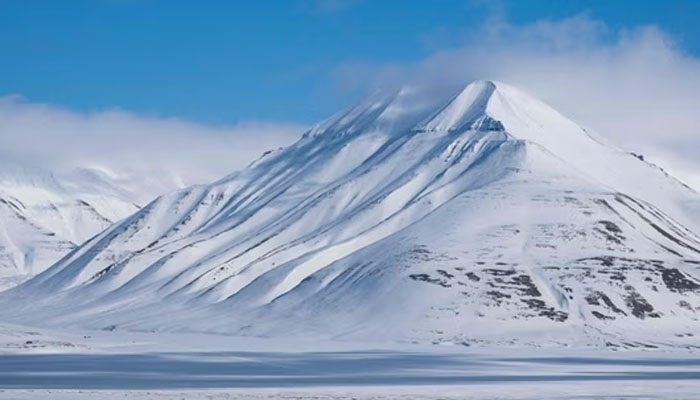What caused ice age on Earth 700 million years ago — Here's an explanation
Extended ice age, which lasted from 717 to 660 million years ago is said to have been named "Charles Sturt"
February 09, 2024

Using plate tectonic modelling, Australian scientists determined the most likely causes of Earth's harsh ice-age climate, which occurred more than 700 million years ago.
The research, which was published in Geology, advances our knowledge of how the Earth's natural thermostat works to keep it from overheating. It also demonstrates how the amount of carbon in the atmosphere has an impact on the global climate, according to Sci Tech Daily.
“Imagine the Earth almost completely frozen over,” said the study’s lead author, ARC Future Fellow Dr Adriana Dutkiewicz. “That’s just what happened about 700 million years ago; the planet was blanketed in ice from poles to the equator and temperatures plunged. However, just what caused this has been an open question."
“We now think we have cracked the mystery: historically low volcanic carbon dioxide emissions, aided by weathering of a large pile of volcanic rocks in what is now Canada; a process that absorbs atmospheric carbon dioxide,” she added.
The study was motivated by the glacial debris left behind by this era's old glaciers, which are remarkably visible in South Australia's Flinders Ranges.
After co-author Professor Alan Collins of the University of Adelaide conducted a recent geological field expedition to the Ranges, the team used computer models called EarthByte from the University of Sydney to look into the origin and unusually lengthy duration of this ice age.
The extended ice age, which lasted from 717 to 660 million years ago and was named for Charles Sturt, a 19th-century European colonial explorer of central Australia, occurred long before the emergence of dinosaurs and sophisticated terrestrial plant life.









